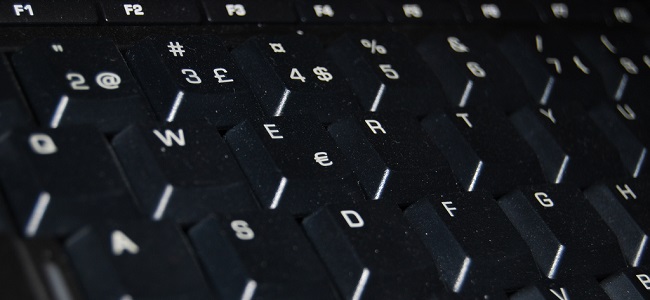In true Scottish storytelling fashion, there is a tale, which may or may not be true, that tells of when Scotland’s Curriculum for Excellence was in its infancy, in the middle of the first decade of the millennium. The tale was that - along with the areas of Literacy, Numeracy and Health & Wellbeing – ICT was to be a responsibility of all practitioners. This would mean that every Scottish educator would be required to explicitly take ownership of supporting and tracking the digital skills of the learners in their care. Then sadly, the story goes, for some reason ICT was quietly removed from the ‘responsibility of all category’ and subsumed under the banner of technologies.
The BP Educational Service has launched a new Light and Pinhole Cameras resource and a Pinhole Photography Competition to help young people aged 11 to 14 explore and celebrate the science of light. The new video-led resources provides schools with the opportunity to celebrate the International Year of Light and Light-Based Technologies 2015, and pupils are also encouraged to build cameras and send in best pinhole photos as part of a competition.
As a commentator recently said on Radio 4, “never let a good crisis go to waste!” With change being the only constant in education, I took the relative peace of a moonlit dog walk in Sheffield’s beautiful Meersbrook Park (which featured in X+Y and Four Lions!) to contemplate the challenges and opportunities available to Science teachers and leaders over the coming years.
Buying the right classroom and PE equipment is like a full-time job – especially when the National Curriculum changes or the Government weighs in with initiatives promoting healthier eating or sports in schools. While most teachers are familiar with organising classroom supplies, it’s quite another matter to apply for separate national funding and then get best results from the new resources that they have acquired for their school.
With a plethora of edtech available to schools, it’s a great time to be studying Science. However, much of this learning risks being wasted if kids can’t apply it to real life, everyday examples. BPES are offering a variety of free resources to tackle this.

The BP Educational Service (BPES) is taking science out of the lab and into the real world with ‘Where's the Science in that?’, a set of new free resources for students aged 9 to 14. These resources have been designed to fit closely with the new National Curriculum for England. They also support the curricula for Scotland, Wales and Northern Ireland. The focus is on inspiring young people to see science in a new light. The interactive teaching resources are compatible with whiteboards, PCs, iPad and Android tablets.
When thinking about what we would like our students to be able to do, the above definition really appeals to me. I believe that in preparing our learners for the real world, which is competitive and often challenging - we should also be teaching them how to (in the words of the dictionary definition) create ‘meaningful ideas, forms, methods and interpretations.’ We don’t want our students to be passive consumers of digital or analogue culture, I want them to be involved in shaping it.
So many of our schools and classrooms involve a multicultural mix of students and staff. Taking opportunities to include these cultures in lessons and other enrichment activities can help to teach tolerance and tackle prejudice. One way that I get to do that in my classroom, being an Aussie, is through the Australia Day Curriculum Olympics.
My to-do list during the summer holidays included preparing a number of collaborative problem-solving tasks (mysteries) for the new computing at schools (CAS) curriculum, KS2 and KS3. With my programming background, I focused on the computing science bit rather than information technology or digital literacy.
A lot of UK teachers are having to look at how they can best teach this brand-new curriculum. Here, Leon Brown discusses the challenges that the computing curriculum raises, and how they can be turned into opportunities.

The specification of the new national curriculum for traditional subjects, such as maths and English, has the potential to cause headaches for teachers throughout the country, never mind the introduction of a whole new subject that the majority of teachers have never been involved with.
Secondary and primary teachers across Wales have been faced with the challenge of embedding the Literacy and Numeracy Framework (LNF) into their whole school curriculums. Ambitious in scope, the LNF is a planning and assessment tool that maps key literacy and numeracy statements from the start of KS2 through to the end of KS3. Pupils will be assessed against the framework, as well as sitting annual national reading, numerical reasoning and numerical procedural tests every May.

A community-driven platform for showcasing the latest innovations and voices in schools
Pioneer House
North Road
Ellesmere Port
CH65 1AD
United Kingdom